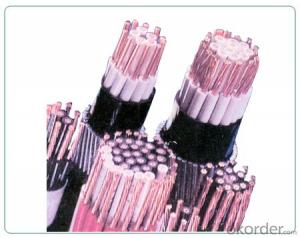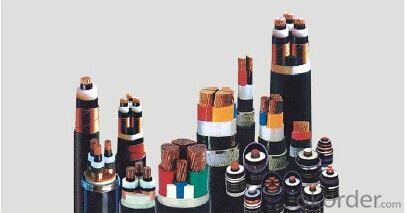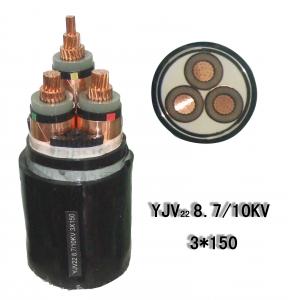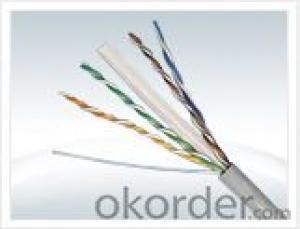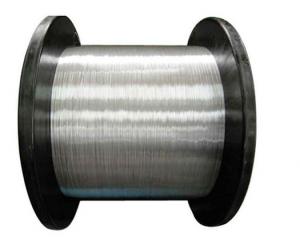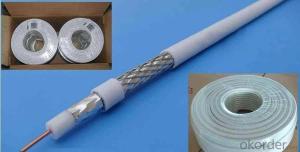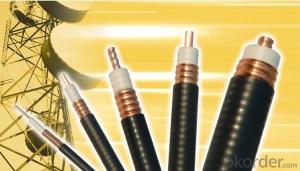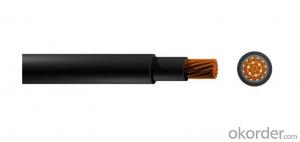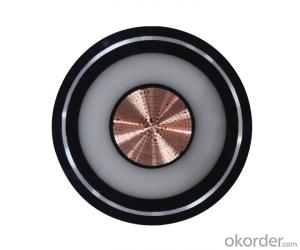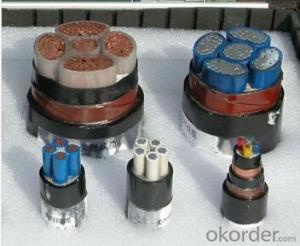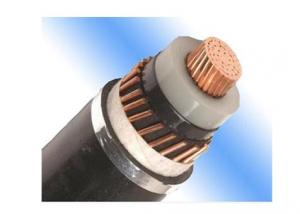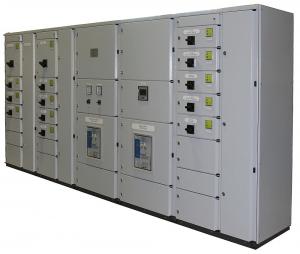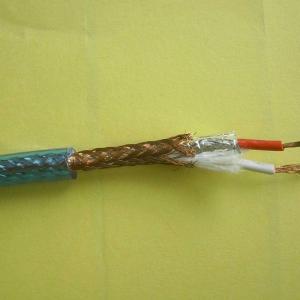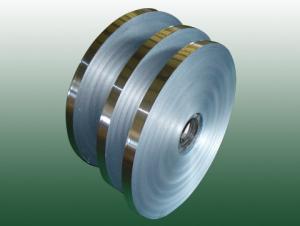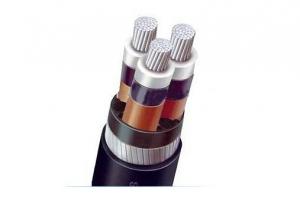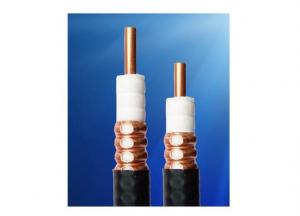No (low) halogen flame retardant cable suitable for systems with fire safety requirements laid
- Loading Port:
- Ningbo
- Payment Terms:
- TT OR LC
- Min Order Qty:
- 1000 m
- Supply Capability:
- 100000 m/month
OKorder Service Pledge
OKorder Financial Service
You Might Also Like
No (low) halogen flame retardant cable suitable for systems with fire safety requirements laid
Product special properties:
2, LSZH cable burn the finished corrosion test, measurement and control combustion gases through indirect aqueous PH and conductivity to determine the results PH value should not be less than 4.3, the conductivity should not exceed 10us/min.
3, low smoke low halogen cables should be measured and HCL HCL emission emission should not exceed 100mg / g.
4, cable burning smoke density test, the test results should not be less than its minimum transmittance of 60%.
Picture:
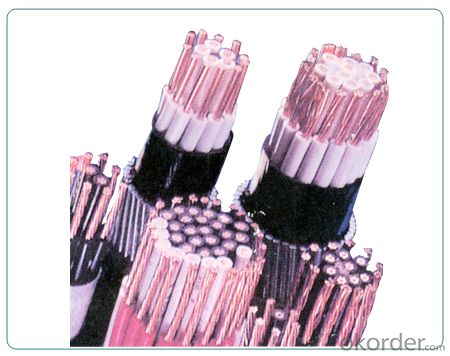

- Q: I recently moved from one state to another and brought my XBox 360 and games with me, but forgot the power supply, power cable and AV cables. I can't get a family member to ship them because they are all locked in storage and even if I mailed the keys, they are probably buried under everything else anyway.Most electronics stores sell the AV cables so that isn't a problem. But nobody seems to carry the power supply. Most places I've found online carry generic or no-name brand equipment which I want to stay away from for something this valuable and will only purchase genuine Microsoft equipment. Where can I look or buy it? Will I have to order right from Microsoft themselves?
- This Site Might Help You. RE: Where can I buy an authentic XBox 360 Power Supply and cable? I recently moved from one state to another and brought my XBox 360 and games with me, but forgot the power supply, power cable and AV cables. I can't get a family member to ship them because they are all locked in storage and even if I mailed the keys, they are probably buried under everything...
- Q: My laptop cable sometimes won't stay in all the time. When it is connected, it has a blue circle around it, but sometimes that blue circle goes off (while it is plugged into the side of laptop) and the tool bar changes from showing a plug to showing a battery. Would there be something wrong with the cable line and it needs to be replaced?
- the power plug is damaged and will have to be replaced the cost about 90 to 125 dollars. look at it and make sure if it is the plug or the socket
- Q: hi,i was wondering...can battery powered tv have cable? or do the battery powered tv not need cable? my niece likes spongebob so if she does come over she can watch it....but i just want to know before i buy it...thanks...P.S:so do they already have all the cable shows?or they dont?and if they dont do you have to put cable....and if they cant....then i shouldn't buy it?
- can battery powered TV's have cable? Some can and some can't. It depends on the details! Details: 1. Some battery powered TVs were made for use only with their built in antenna and don't have any way to connect to a cable system. You should look for a model with both a jack for an external antenna/cable and NTSC QAM tuners. 2. so do they already have all the cable shows? What do you mean? TVs are only receivers and you have to supply them with signals. Spongebob is a cable/satellite only program so you can't get it with an antenna. You have to have either cable or satellite TV service to get it. 3. battery powered Since you have to connect it to cable, why so you want it to be battery powered. Battery powered means small screen and limited run time between charging. 4. How does your local cable company supply it's signals? If it uses DTA adapters or is still using analog signals, any old TV will do.
- Q: or do I need to buy one?
- No, the PS3 is a 3 prong outlet cable, and the PS2 is 2 prong. Also the end that plugs into the console is different for both. You can use a PC power cord for the PS3 if needed, the ends are the same.
- Q: I just bought a new power supply and it doesn't have the cables for my CD drives, how do I know when I buy a PSU if it will have all the cables I need? How do I know if its compatible with my motherb?
- Do your research.
- Q: I need 600W of power for my new computer, but all I have is 2 300W, 20-pin power supplies. What I'm wondering is if I can combine the 2 20-pin connectors and turn them into 1 24-pin connector?
- relies upon on the producer are you advantageous its basically 20 pin as some 4 pin connectors grasp freely so how many different 4 clusters do you have you will desire to have 2 one million of those would be the different connector you go with except its an exceptionally very very old cheappy PSU inwhich case replace it they ordinary and much less costly 30 bux
- Q: Can A bad battery or power cable cause a laptop to Blue Screen?Is there anyway to pinpoint the actual cause?
- No its usually because of hard drive failure if your talking about THE BLUE SCREEN OF DEATH
- Q: ive recently opned my external harddrive case so that i could put dat harddrive in my pc ... i was able to take out the ide cable but i cnt take out the power cable... plz help me.. how can i take out the power cable?
- try using a pair of plyers and moving the connector side to side while pulling
- Q: my portable HD has 2 USB cables, one for the computer and one for power... why?
- 3.5 drives need a power supply, the motor that drives the platters is 12 volt and the USB only supplies 5volt
- Q: I just plugged a 300V power cable into power supply that accepts 115-240V then turned on the power supply. The power supply was not connected to the motherboard. I don't have another cable so I can't really check if its still working nor do I want to try again with the 300V cord if it can potentially cause damage.
- 300v Power Supply
Send your message to us
No (low) halogen flame retardant cable suitable for systems with fire safety requirements laid
- Loading Port:
- Ningbo
- Payment Terms:
- TT OR LC
- Min Order Qty:
- 1000 m
- Supply Capability:
- 100000 m/month
OKorder Service Pledge
OKorder Financial Service
Similar products
Hot products
Hot Searches
